Name Tabitha Babbitt Role Inventor | Died 1853 | |
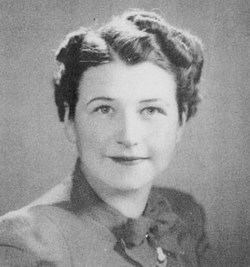 | ||
Jocelyn, Rosalind, Grace and Tabitha Babbitt
Sarah "Tabitha" Babbitt (December 9, 1779 – December 10, 1853) was an early American Shaker tool maker and inventor, including inventions for the circular saw, spinning wheel head, and false teeth. It is contested whether she, or other Shakers, were the first to invent the circular saw. She was a member of the Harvard Shaker community.
Contents
- Jocelyn Rosalind Grace and Tabitha Babbitt
- Sounds of Science Act IV Answer
- Early life
- Toolmaker and inventor
- References
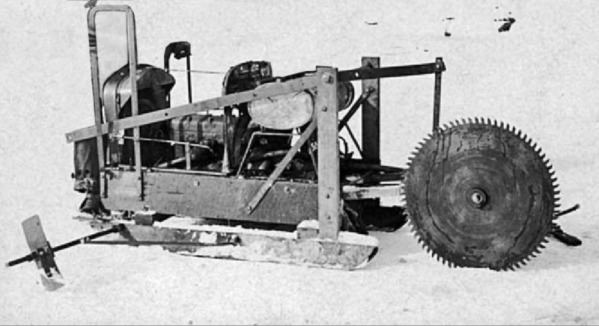
Sounds of Science – Act IV (Answer)
Early life
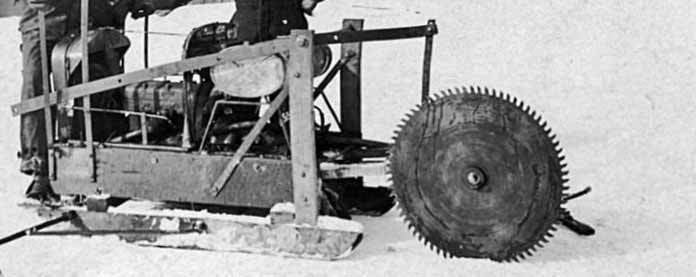
Babbitt was born in Hardwick, Massachusetts, the daughter of Seth and Elizabeth Babbitt On August 12, 1793, she became a member of the Shakers at the Harvard Shaker community in Massachusetts.
Toolmaker and inventor
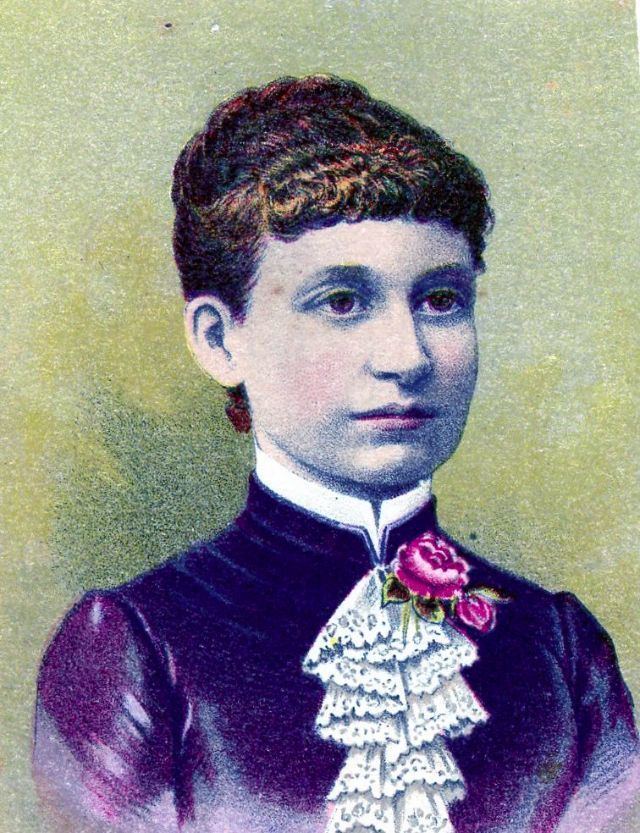
Babbitt, having realized a round blade would be more efficient, is credited with inventing the first circular saw used in a saw mill in 1813. The circular saw was hooked up to a water powered machine to reduce the effort to cut lumber. She was watching men use the difficult two-man whipsaw when she noticed that half of their motion was wasted. The first circular saw she made is in Albany, New York. She did not patent the circular saw so that it could be used by others, but it was patented in the United States by two French men three years later when they found out about the saw in Shaker papers.
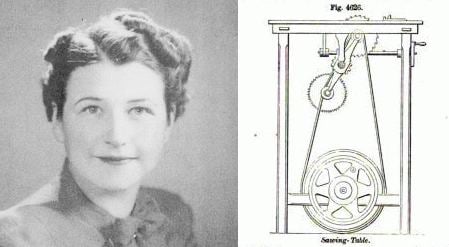
M. Stephen Miller contends that Babbitt was not the first inventor of the circular saw, based upon the date that she joined the sect. He states that the circular saw was invented at Mount Lebanon Shaker Village by Amos Bishop or Benjamin Bruce in 1793 —or not by a Shaker at all.
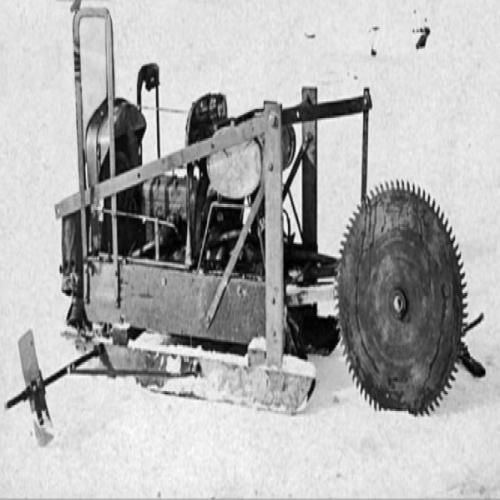
It is also claimed that she invented a process for the manufacture of false teeth and an improved spinning wheel head.
She also shares the invention of cut nails with Eli Whitney. As a Shaker, Babbitt never patented any of her inventions.
She died in Harvard, Massachusetts, in 1853.
